
In part 1 of the 4-part blog series, “Unleashing the Business Value of Technology Part 1: Framing the Cha…”, I introduced the 3 stages of “unleashing business value”: 1) Connecting to Value, 2) Envisioning Value and 3) Delivering Value (see Figure 1).
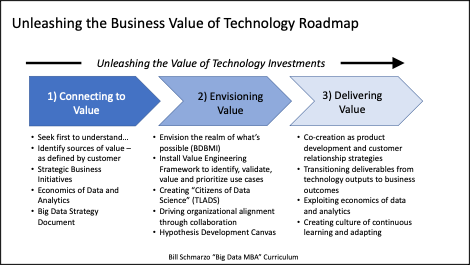
Figure 1: Unleashing the Value of Technology Roadmap
In Part 2, I provided some techniques that enable technology vendors to connect to “value” as defined by their customers. I introduced two fundamental concepts critical for technology vendors who want to connect to their customers’ sources of value creation:
- Step 1: Understand how your customers make money. This requires investing the time to research a customer’s business objectives, key business initiatives and their supporting business and operational use cases.
- Step 2: Triage your customer’s business initiatives. I introduced the Big Data Strategy Document as a framework for helping technology vendors understand where and how technology – specifically data and analytics might – could their customer’s business objectives and key business initiatives.
Actually, I find both of these steps a blast. What a great opportunity to learn by learning more about your customer’s business!
Now in Part 3, I want to review some “envisioning value” techniques that technology vendors can embrace to help their customers envision the realm of what’s possible with respect to how data and analytics can derive and drive new sources of customer, product, and operational value.
Step #1) Find a Business “Friendly”
Maybe the most difficult part of the “Envisioning Value” process is finding a business friendly – a business executive who sees an opportunity to leverage data and analytics to support their organizational initiatives (and likely advance their professional careers).
When trying to identify a “friendly”, I always fall back to my Miller Heiman sales training. What I learned from Miller Heiman is that when business executives are facing a buying decision, buying influences tend to put them into one of four modes:
- Trouble Mode: The buyer recognizes that they need help, so their probability to move forward is high.
- Growth Mode:The buyer is looking to improve, so their probability to act is high.
- Even Keel Mode:The buyer is satisfied with the status quo and sees little need to rock the boat, so their probability to act is low.
- Overconfident Mode: The buyer feels invincible and thinks they know everything, so there is little probability they’ll do anything.
Target the business executives who are either in the Growth Mode (in that they are seeking help to grow their business) or in Trouble Mode (in that they are struggling to meet their operational expectations and are seeking help to make them successful). They are the ones most willing to try something different in order to achieve business success (see Figure 2).
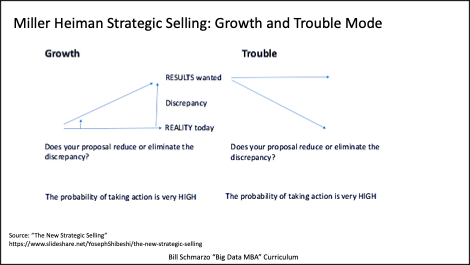
Figure 2: Miller Heiman Buyer Growth and Trouble Modes
Step #2) Embrace Co-creation Envisioning Framework
It is critical to get the business executives to understand or envision where and how data and analytics can support the organization’s key business initiatives. While it’s not practical to convert your CMO, COO, CFO and other C-executives into data scientists, you can enlighten them to the economic power of data and analytics by teaching them how to “Think Like a Data Scientist”. The “Thinking Like a Data Scientist” (TLADS) methodology teaches business executives the power of a naturally curious, rapid exploration, rapid trying / testing / prototyping, intelligent failing and continuous learning and adapting business culture (see Figure 3).
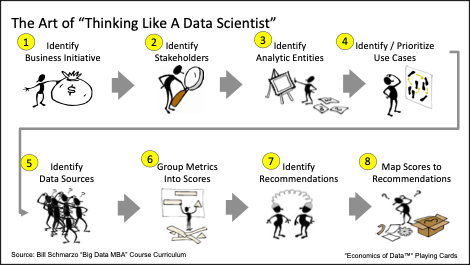
Figure 3: The Art of Thinking Like a Data Scientist
The TLADS framework provides a pragmatic approach to help customers identify and envision where and how data and analytics can power the organization’s key business initiatives. The framework leverages design thinking techniques, templates, worksheets, examples, and hands-on exercises – all orchestrated to help reinforce and enable the empowering “Thinking Like A Data Scientist” concepts.
Note: All of this is detailed in my workbook “The Art of Thinking Like a Data Scientist”, a handy workbook if you’re trying to help your business executives understand the game-changing power of data and analytics.
Step #3) Embrace the Power of Storytelling
The best way to not only envision the realm of what’s possible, but to validate the sources of customer value creation, is through storytelling and prototyping. The Storybrand Framework introduced by Donald Miller is simply brilliant at putting the customer at the center of the customer journey (see Figure 4).
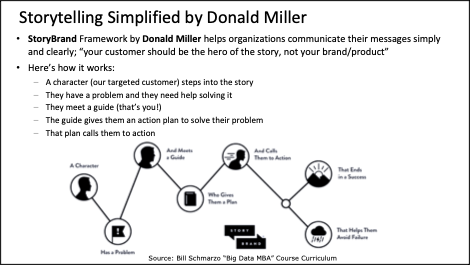
Figure 4: StoryBrand framework from Donald Miller
The Storybrand Framework provides a simple script for envisioning a successful customer experience; that is, what does success look like from the customer’s perspective. And then the Storybrand Framework helps the customer to envision their journey to identify and understand the keys to a successful journey.
Another power envisioning and validation tool are prototypes and mockups. And these mockups do not need to be fancy. Heck, I create most of my mockups in PowerPoint (Yes, I code in PowerPoint). Figure 5 shows a mockup that I built (using PowerPoint) for a Grocery Chain customer many moons ago.
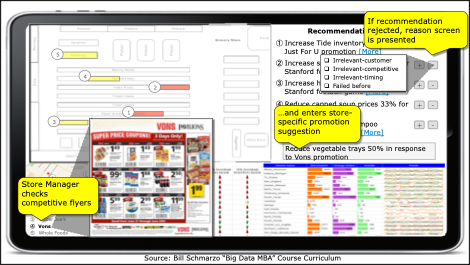
Figure 5: Store Manager Actionable Dashboard
The mockup worked great in not only helping front-line store management understand how analytics could benefit their daily operations, but it also provide a nice petri dish for the data science and design teams to explore different ways to present the analytic results in a more actionable, more relevant way.
Summary: “Envisioning Value”
Part 3 of the “Unleashing the Business Value of Technology” series focused on reviewing some “envisioning value” techniques that technology vendors can use to help their customers envision the realm of what’s possible with respect to how data and analytics can derive and drive new sources of customer, product, and operational value. Key points to the “envisioning value” stage include:
- Find a Business “Friendly” – a business executive who has an urgent need to collaborate with the technology vendor to co-create value
- Embrace a Co-creation Envisioning framework that puts the customer value creation needs at the center of the “envisioning value” process
- Embrace the Power of Storytelling and mockups to fuel creative envisioning and to make the technology come to life in how it can help the customer create new sources of customer, product and operational value
Now, onto the final stage of “Unleashing the Business Value of Technology”, delivering on the promise and potential.
